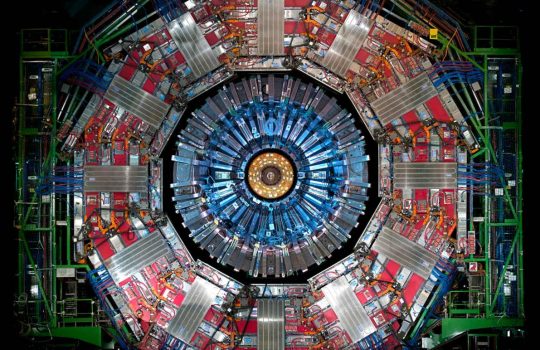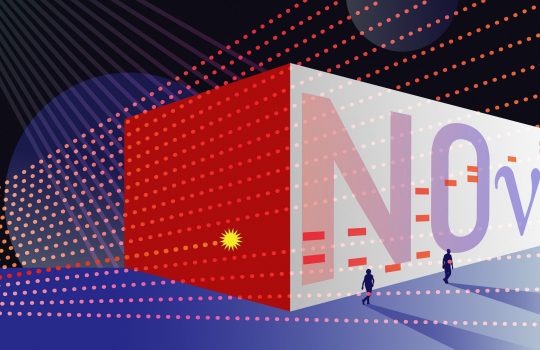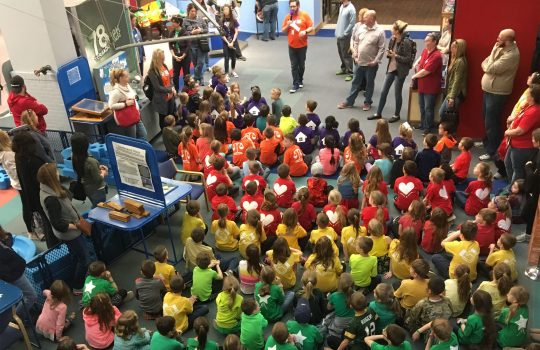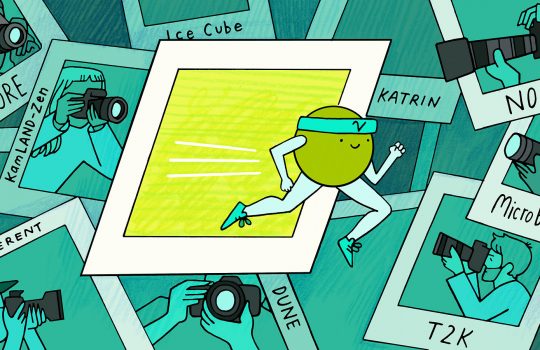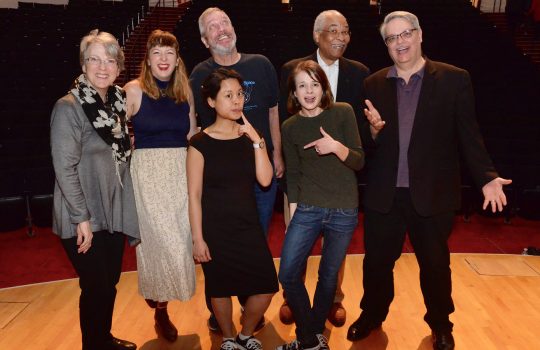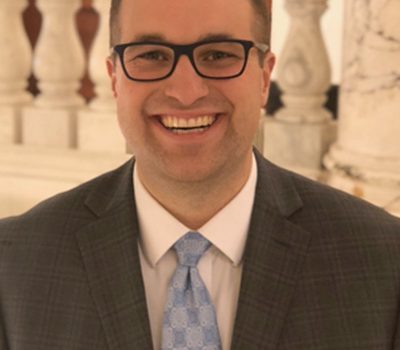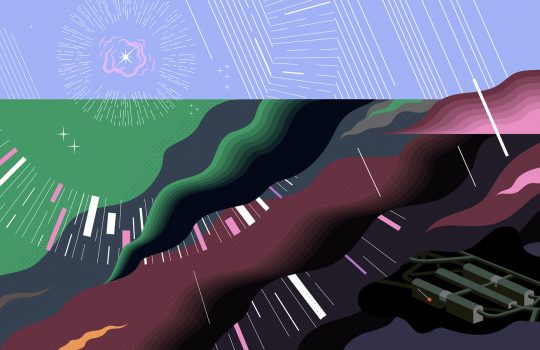DUNE collaboration grows to 32 countries, prepares for operations of prototype detectors
- Armenia
- Brazil
- Bulgaria
- Canada
- CERN
- Chile
- China
- Colombia
- Czech Republic
- Deep Underground Neutrino Experiment
- DUNE
- dune-international
- Finland
- France
- Greece
- India
- internationality
- Iran
- Italy
- Japan
- LBNF
- Long-Baseline Neutrino Facility
- Madagascar
- Mexico
- Netherlands
- neutrino
- Paraguay
- Peru
- Poland
- Portugal
- ProtoDUNE
- Romania
- Russia
- South Korea
- Spain
- Sweden
- Switzerland
- Turkey
- Ukraine
- United Kingdom
As the DUNE collaboration grows, collaborators make progress on the two ProtoDUNE detectors at CERN.


